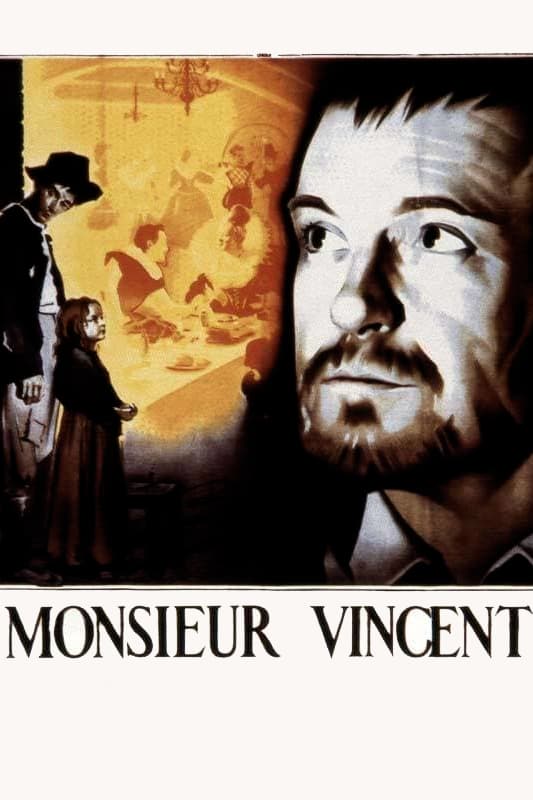What it’s about
In seventeenth century France, Vincent de Paul (Fresnay) is a man of God who is admired by the nobility for his wisdom and faith. Appointed to a small village as the local priest, he encounters poverty, disease and famine. With the Black Death raging, he works tirelessly to feed the masses and teach tolerance to the wealthy landowners. He forms a mission called “Ladies of Charity” by enlisting the help of rich women. He opens hospitals for the dying and advocates for all, slaves and outcasts included.
Why we love it
An evenhanded, absorbing biography of the future saint (Vincent was canonized in 1737), the film resonates thanks in no small part to star Fresnay, who commands the screen with a quiet intensity. The screenplay (co-written by Jean Anouilh) balances the prideful follies of the rich with the vulgarity of the poor, never stooping to caricature. Shot in austere black and white by Claude Renoir, director Cloche includes some startling scenes: the fight for a bed in a makeshift hospital, an infant abandoned by a desperate mother, and the whipping of slaves aboard a ship. Winner of a Special Achievement Academy Award, “Monsieur Vincent” is spiritual cinema of the highest order.
